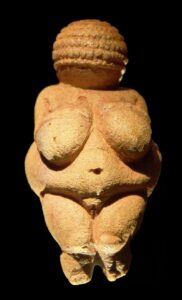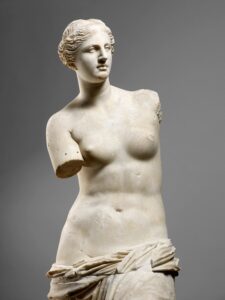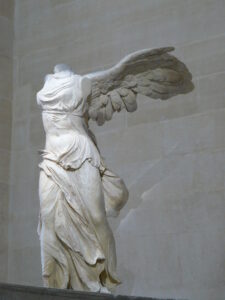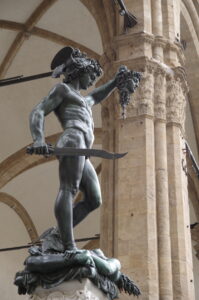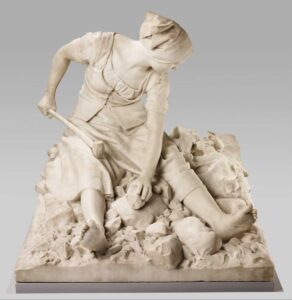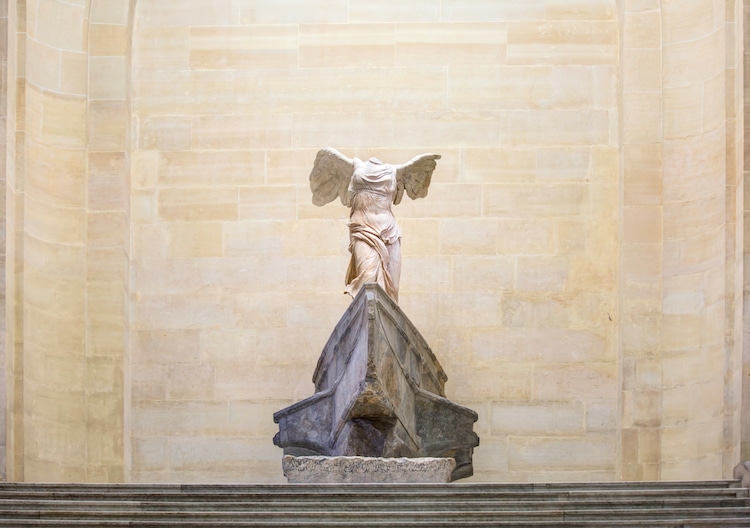
How Have Women Been (Historically and Mythologically) Represented in Sculpture?
Venus, muse, goddess, wife, mother, witch, women have been represented and defined them through art history from the roles they have had to assume according to the values and codes of their times.
Sculpture was perhaps the first artistic expression to portray the women’s body and image. Think about the famous Venus of Willendorf which was made aroun 25,000-30,000 year ago in the Paleolithic era. It was found in 1908 in a time where the idea of the “venus” was already conceived as a concept related with the love, beauty and fertility of women.
The symbolism around Venus of Willendorf has been explained base on the depiction of a nude woman with exaggerated sexual features that represents fertility as well as the ideal body (wide hips, big breasts) of maternity.
- Venus of Willendorf, c. 28 000—25 000 a. C. Palelithic Era.
While fertility has been thought as the defining characteristic of being a woman, beauty have also played an important role when depicting the “real” women. This idea coms from the Hellenistic period in which Venus was a goddess encompassed love and desire as set by the etymology of the Latin name of Venus.
- Alexandros of Antioch, Venus de Milo, Between 150 and 125 BC.
It was the Hellenistic tradition that inherited to Western culture the notion of women as goddesses. The Winged Victory of Samothrace is considered a masterpiece of Greek sculpture, represents the goddess Niké (Victory), a woman whose head and arms are missing as a subtle gesture of the of the ineffectiveness of the identity and physical composition of the women. In this sense, the idea of the goddess is led by the wings as an attribute not as a leader but as an imaginary figure who takes men to the victory.
- Winged Victory of Samothrace, c. 200–190 BC
If Victory is an attribute of the women, it is also a counterpart of the god: to be a witch. The notion of the witch comes from the Greek Mithology in which women were punished and turned into monsters for their “behaivor”. However, as we can see with Medusa, whose beauty hair have turned into snakes, she was object of a man desire (Poseidon) who had sex with her (in some literature as with Ovid it is sujested Poseidon raped her).
- Benvenuto Cellini, Perseus with the Head of Medusa, 1554
By the time the Venus of Willendorf was discovered, the little-known German sculptor Karl Janssen showed to the world his Stonebreaking Woman (1902), a very different depiction of women both as mother and worker.
- Karl Janssen, Stonebreaking Woman, 1902

